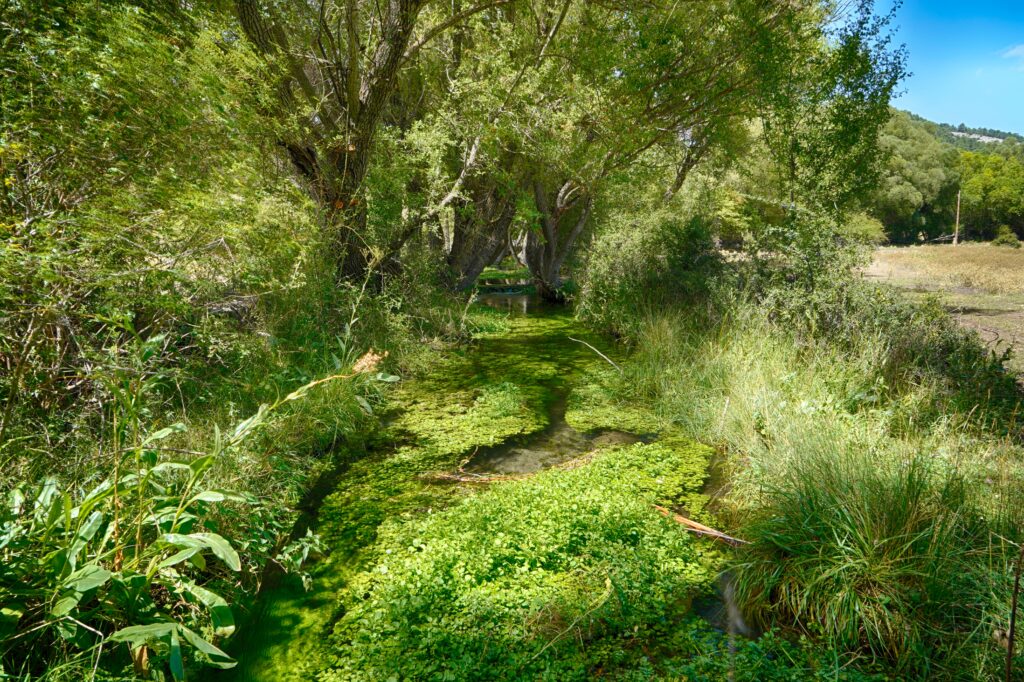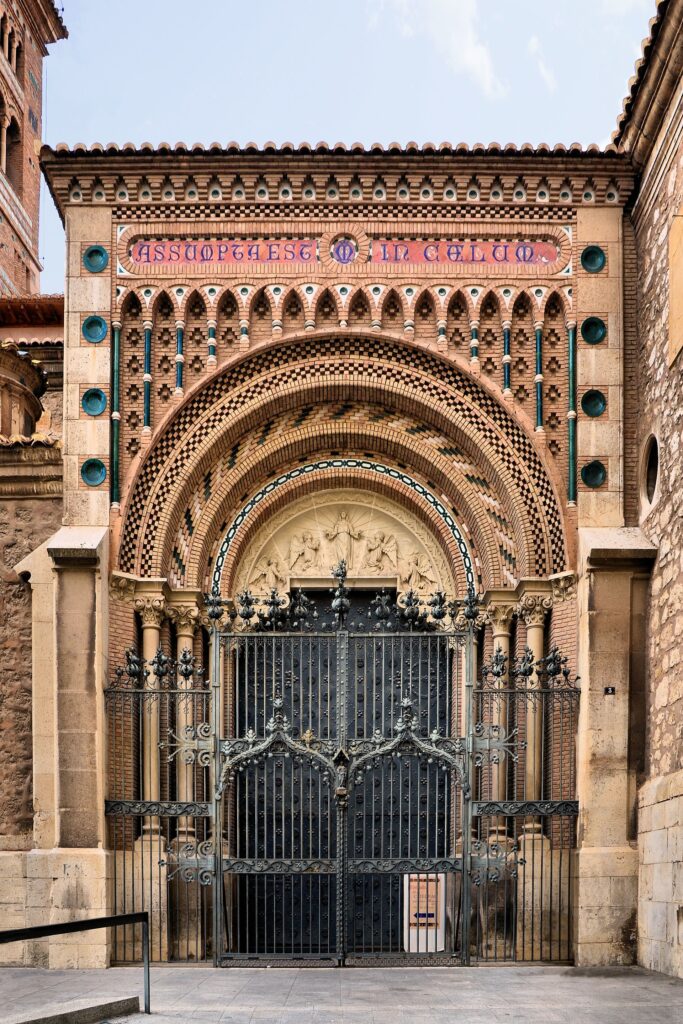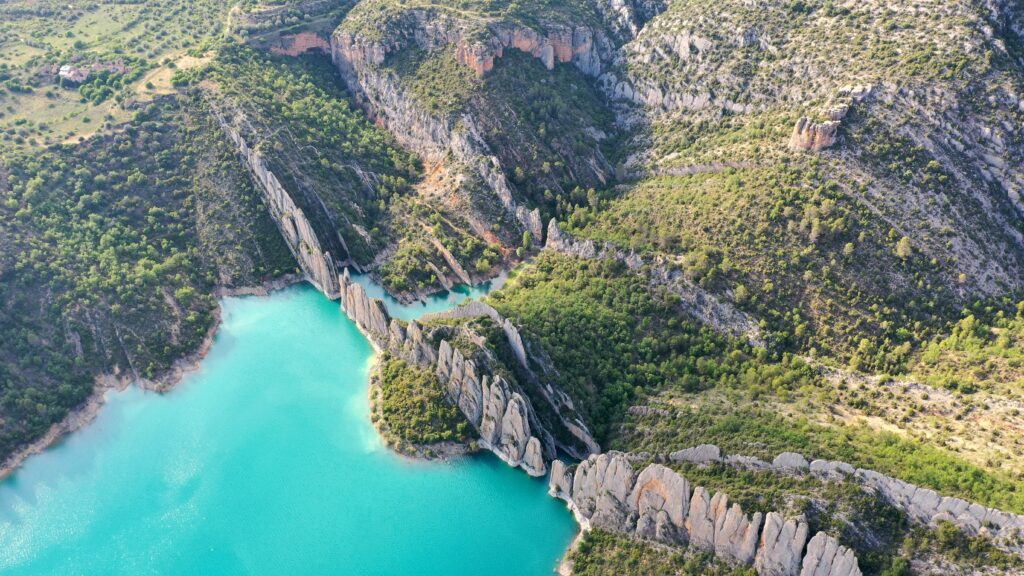Aragón
East-central Spain
Split across the middle by the Ebro River, the autonomous community of Aragón descends from the historical County of Aragón, first documented in 828. The subsequent Crown of Aragón eventually grew to be a significant Mediterranean power in the 12th century, and reached its zenith in the 15th, encompassing most of eastern Spain, the Balearic Islands, Corsica, Sardinia, Sicily, the southern part of the Italian peninsula, and beyond. After the merging of the kingdoms brough on by the marriage of Ferdinand of Aragón to Isabella of Castile, and the subsequent Reconquista, the shape of the modern Spanish nation-state took form.
Today’s Aragón is one of the least densely populated parts of Spain, with roughly half of its residents living in and around the capitol, Zaragoza, with smaller population centers in Huesca, Teruel, and Calatayud separated by vast swaths of countryside dotted with tiny rural hamlets. The variety of landscapes that comprise this countryside, however, is as wide as can be seen in any one nation, ranging from glaciated peaks in the Pyrenees in the north, descending into the sem-arid Monegros Desert, and south to scrubby steppes with lunar-like rocky outcroppings. Some of Spain’s most impressive vistas are contained in Aragón, as well as production of some of its most prized agricultural and pastoral items, like black truffles, Arbequina olive oil, and jamón ibérico. The built environment is impressive as well, notably the multicultural Mudéjar architecture of the post-Reconquista years.
Heavily affected by the Sistema Ibérico range to the west of the Ebro valley, viticulture in Aragón’s continental climate is an exercise in balancing extremes, as viticultores are confronted by wide diurnal shifts presented by the high median elevation, early- and late-season frosts, and uneven, Mediterranean-affected rainfall. As the ancestral home of the garnacha variety, the grape dominates production in Aragón, and transparently displays the varied terroirs of the region. Other indigenous varieties like moristel and miguel de arcos are found, as well as cariñena, tempranillo, and some international grapes.






